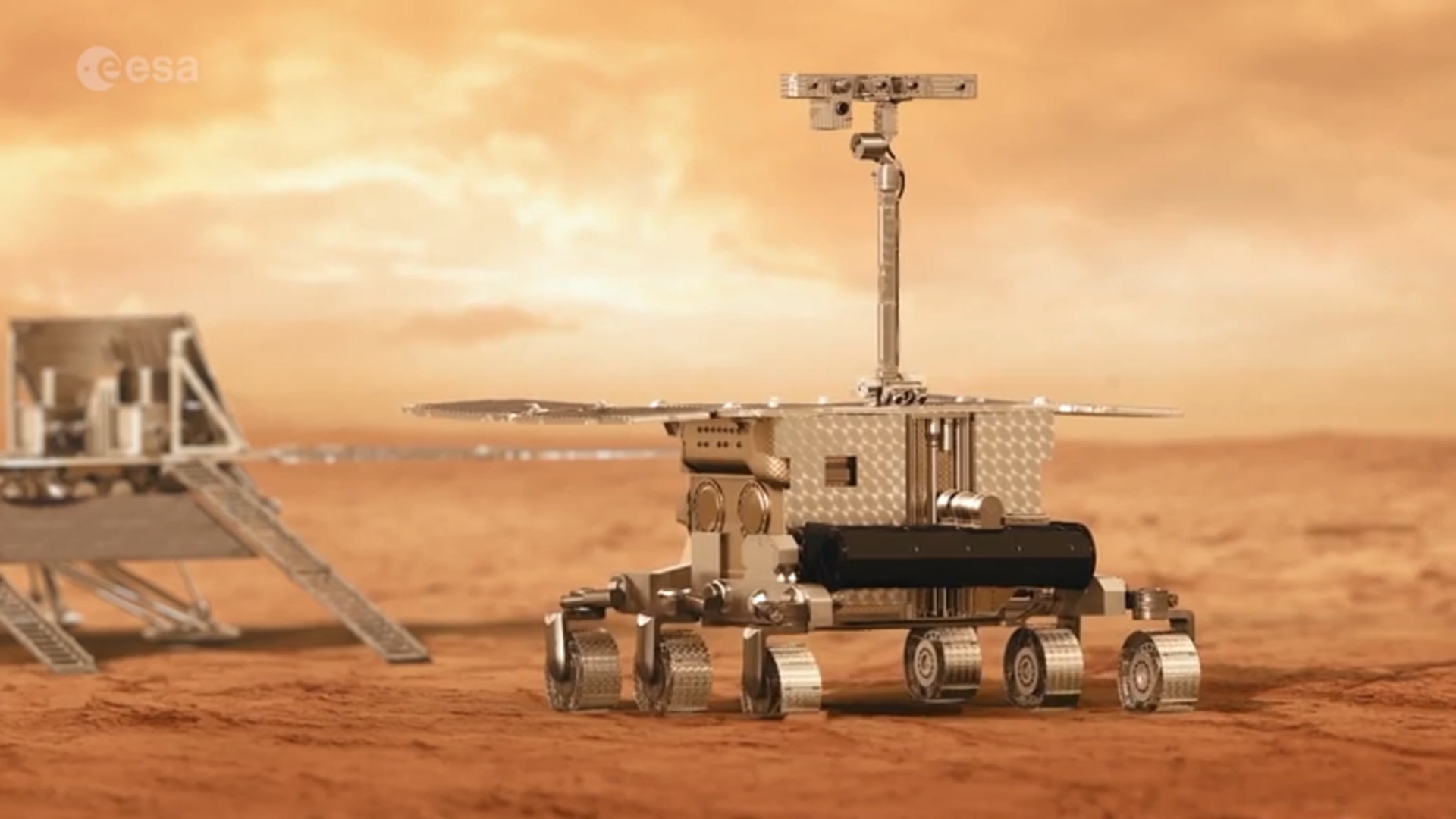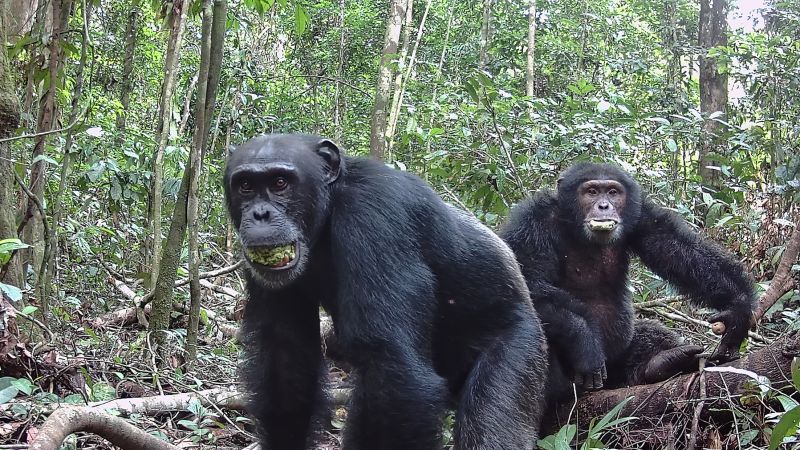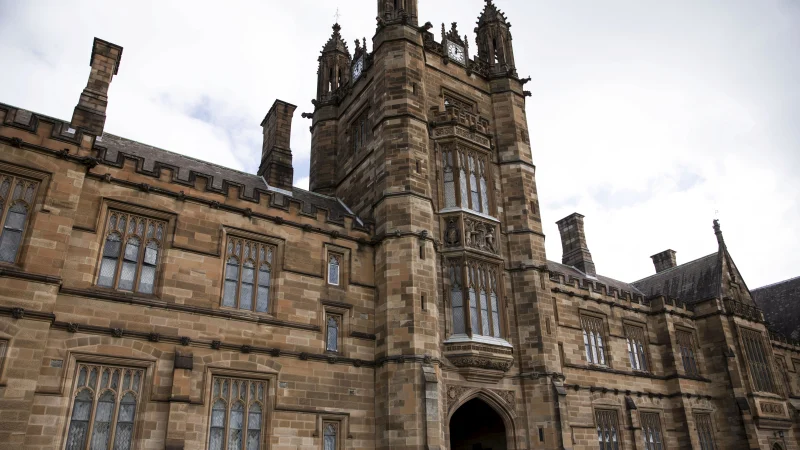
A pair of new studies presented at the Joint Meeting of the Europlanet Science Congress and the Division for Planetary Science (EPSC-DPS) suggest the European Space Agency’s (ESA) upcoming Mars rover mission, Rosalind Franklin, may have better odds of detecting ancient organic material than previously realized. It all comes down to natural processes that occurred at the rover’s landing site: the clay-rich Oxia Planum.
One of the studies, led by Dr. Aleksandra Sokołowska of Brown University and Imperial College London, has identified 258 rockfalls around the Oxia Planum region using high-resolution imagery from NASA’s Mars Reconnaissance Orbiter (MRO)
The rockfalls may expose material from beneath the Martian surface. Additionally, tracks carved by falling rocks or sliding debris could bring subsurface dirt into more accessible positions for rover samples.
“The discovery of rockfalls in Oxia Planum opens up the exciting possibility for the rover to increase the diversity of its samples with material that would otherwise be inaccessible,” Sokołowska said in a statement.
Because the rocks were previously embedded in geological features, such as crater walls and cliff faces, some of their recently revealed surfaces might have been shielded from harsh radiation. That protection could increase the odds that organic molecules still exist intact here.
The second study, led by Ananya Srivastava of the University of Western Ontario, highlights layered clay deposits at Oxia Planum — clays are well noted for their ability to preserve organic materials.
Spectral and compositional data from MRO and ESA’s Mars Express mission show alternating orange and blue layers in the clay in various thicknesses, suggesting the clays were transported from other areas of Mars via rivers and flood events.
“The clays could record a far wider range of ancient Martian climatic conditions than previously believed if they came in multiple pulses from various source regions,” said Srivastava. “This diversity of environments improves the prospect that organic molecules were preserved under favourable conditions, strengthening the chances of uncovering the most thrilling discovery — clues for life beyond Earth.”
The Rosalind Franklin rover, named after the pioneering British chemist whose photographic research was critical in revealing the double helix structure of DNA, is well-equipped to search for organic compounds at Oxia Planum. It houses a drill capable of reaching a depth of more than six feet (two meters) — deeper than any previous drill attempts on Mars.
Currently, the Rosalind Franklin rover — part of ESA’s ExoMars program — is scheduled to launch in 2028 after facing years of setbacks. In the early 2000s, NASA agreed to provide ESA with crucial technologies for the rover, but the partnership ended in 2012 after former President Barack Obama cut funding for the mission.
Russia’s Roscosmos filled the gap, and the rover was set to launch in 2022. Then came Russia’s invasion of Ukraine, which ended Roscosmos’ involvement in the project and pushed the launch date back.



